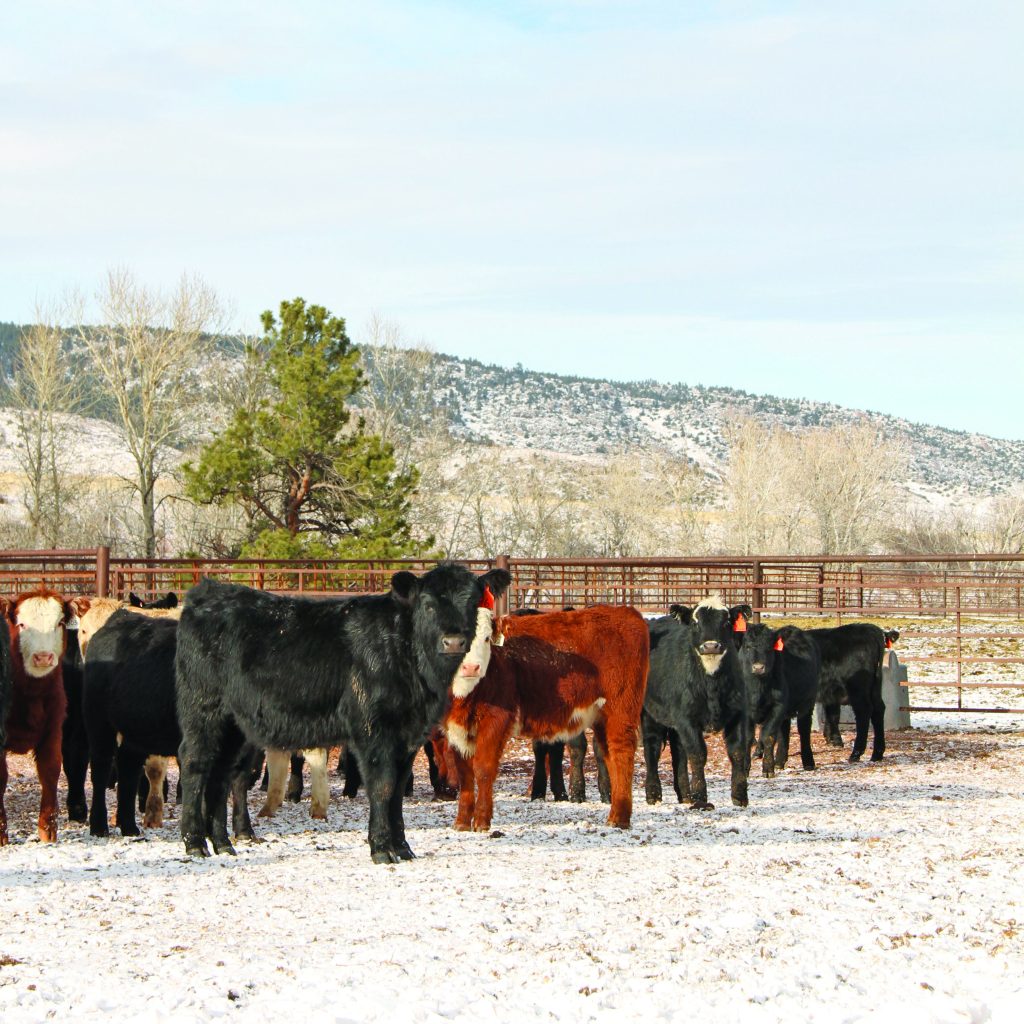Optimistic Outlook: USDA analyst provides 2023 livestock and poultry outlook during annual ag forum

First, Choe noted it is important to take a look at the global economic outlook, which is forecast to be slower and steadier, compared to 2022. He said real disposable income is projected to be slightly lower, as interest rates get higher and inflation pressures continue into 2023.
“The U.S. dollar has weakened slightly, but it’s still relatively high so there is some export potential and stronger buying power for U.S. imports,” he stated. “Most importantly, we are expecting a normal weather year, with relief from drought, and we are not forecasting any disease outbreaks at the moment.”
Choe also mentioned feed prices are projected to be lower, with corn prices falling 16 percent from the 2022-23 crop year to $5.60 per bushel in 2023-24, and soybean meal down nine percent to $450 per short ton.
Cattle and beef outlook
According to Choe, the U.S. cattle herd is expected to contract in 2023 due to a smaller numbers of calves born during the year. This can be attributed to a smaller inventory caused by ongoing drought conditions, timing of breeding and an early season slaughter pace.
Choe also said many ranchers reported they will retain six percent fewer replacement heifers this year, and five percent fewer heifers are expected to calve.
Based on an Agriculture Marketing Service report, Choe shared heifer and steer slaughter levels are on par with 2022.
“This is happening because cattle placed on feed in 2022 came through during the first part of 2023, but as supplies dwindle and become tighter, we will see these numbers go down,” he said. “Cow slaughter is currently above last year’s pace as a result of incentives, but we also expect this number to come down as we see improved forage and cheaper feed costs.”
With tight supplies, U.S. beef exports are projected to fall in 2023, while imports remain strong. Short supplies will also raise prices, and Choe forecasts live steer prices to go up as much as $15 dollars on a dollar per hundredweight basis.
Hog and pork outlook
For the hog industry projection, Choe nodded to the USDA National Agricultural Statistics Service Quarterly Hogs and Pigs Report, which showed hog inventory declining for the second consecutive year.
However, producer intention points to an increase in hog supply during the second half of the year, with hogs per litter expected to grow.
Choe noted as supply improves, so too will hog slaughter numbers, which are already strong, and this increase in supply will cause prices to average lower.
Additionally, improved domestic supply will improve exports to key markets such as Mexico and Korea, while imports begin to decline.
“One thing to look out for in the hog industry outlook for 2023 is Proposition 12, a California regulation which will ban sales of pork not following their specific animal welfare regulations, specifically the use of gestation crates and the amount of space they allow per breeder,” Choe said.
He explained Proposition 12 was originally passed in 2018, before being repealed and dismissed. However, the Supreme Court recently decided they would review it again.
“If Proposition 12 is repealed and reversed, it will really cost producers because they will have to retrofit their production facilities and demand will fall in certain parts of the country,” Choe shared.
Poultry outlook
Following massive impacts caused by highly pathogenic avian influenza (HPAI), Choe noted broiler and turkey production is expected to rebound from 2022.
“The broiler sector faced some challenges in 2022, including a low rate of hatch, which limited growth rate,” he said. “But, data shows these problems are starting to go away. We are seeing a lot of effort by the industry to increase production, and we project a larger laying flock.”
Turkey production, according to Choe, tells a similar story after facing disruption caused by HPAI. However, he noted supply and production are expected to rebound this year.
“One thing to note is there is a biological lag for turkeys. So, we probably wonʼt see efforts made by the industry come to fruition for another three to five months,” he explained.
In regard to trade, Choe said poultry exports are projected to hold steady, with turkey exports falling in the last half of the year, despite increased supply due to the biological lag.
Egg production for 2023 is also expected to rebound five percent, noted Choe, with imports and exports to remain elevated and prices to fall with increased supply.
“The overhanging concern for the poultry industry throughout the coming year is HPAI, and it is something we need to continue monitoring,” he stated.
Hannah Bugas is the managing editor for the Wyoming Livestock Roundup. Send comments on this article to roundup@wylr.net.





